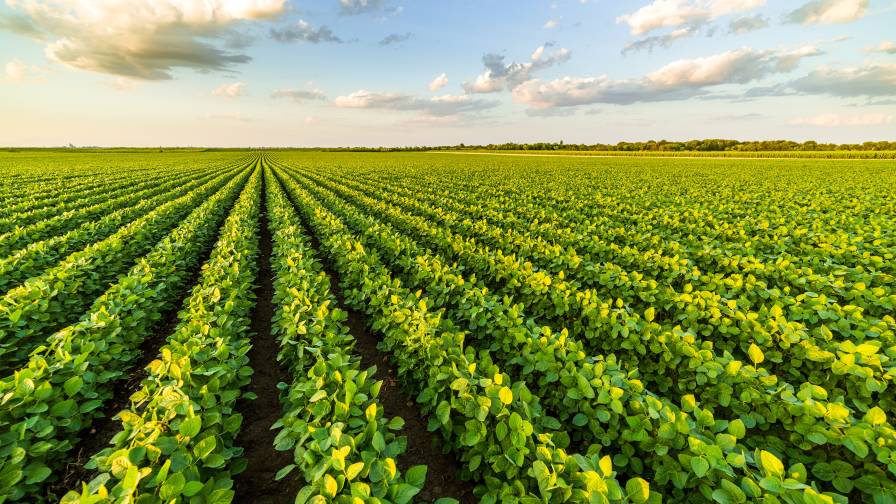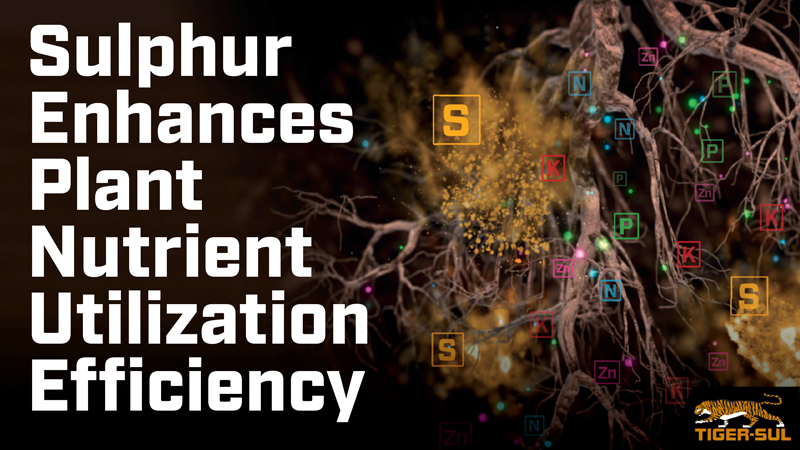Dicamba Drift Injury 2020 Report
Growers and retailers in Illinois, the largest U.S. soybean growing state, breathed a sigh of relief as reports of drift injury dropped sharply from last year’s record 700-plus dicamba-related complaints.
“Given that our cut-off was June 25 and it’s nearly one month later, we are optimistic that dicamba complaints may end up below 100 in 2020 which is a significant improvement,” Jean Payne, President of Illinois Fertilizer and Chemical Association, told CropLife®. “It appears that in 2020, Illinois has finally broken the cycle of having an increase in complaints each year dicamba was labeled for over-the-top use on soybean.”
In Iowa, it was a vastly different picture. Despite intense pressure on applicators and agriculture’s most restrictive herbicide label, dicamba injury across the state was the most extensive it’s been since the introduction of the active ingredient in the 1960s, according to Dr. Bob Hartzler, Professor of Agronomy and Extension Specialist at Iowa State University.
Nearly all non-dicamba resistant soybean are showing symptoms characteristic of dicamba, and in many fields the injury “is fence row to fence row,” Hartzler wrote on Iowa State’s Integrated Crop Management blog in July. “This is not the type of injury we have observed in the past; it’s at a landscape level.”
He attributed increased injury to several factors, including poor decision making by applicators who feared the herbicide would be made unavailable amid the dicamba court case in California, and the strong start to the season which resulted in soybean reaching susceptible stages when early applications of dicamba were being made to corn.
“Nearly everyone in agriculture recognizes the widespread injury to soybean this year is not acceptable,” Hartzler continued. He explained that weed scientists in the Delta region coined the term “atmospheric loading” to describe the problems their region experienced with dicamba movement. “Atmospheric loading refers to so much dicamba moving into the atmosphere that it is difficult, if not impossible, to identify the specific application that resulted in injury to a field. This is what appears to have occurred across much of Iowa in 2020.”






